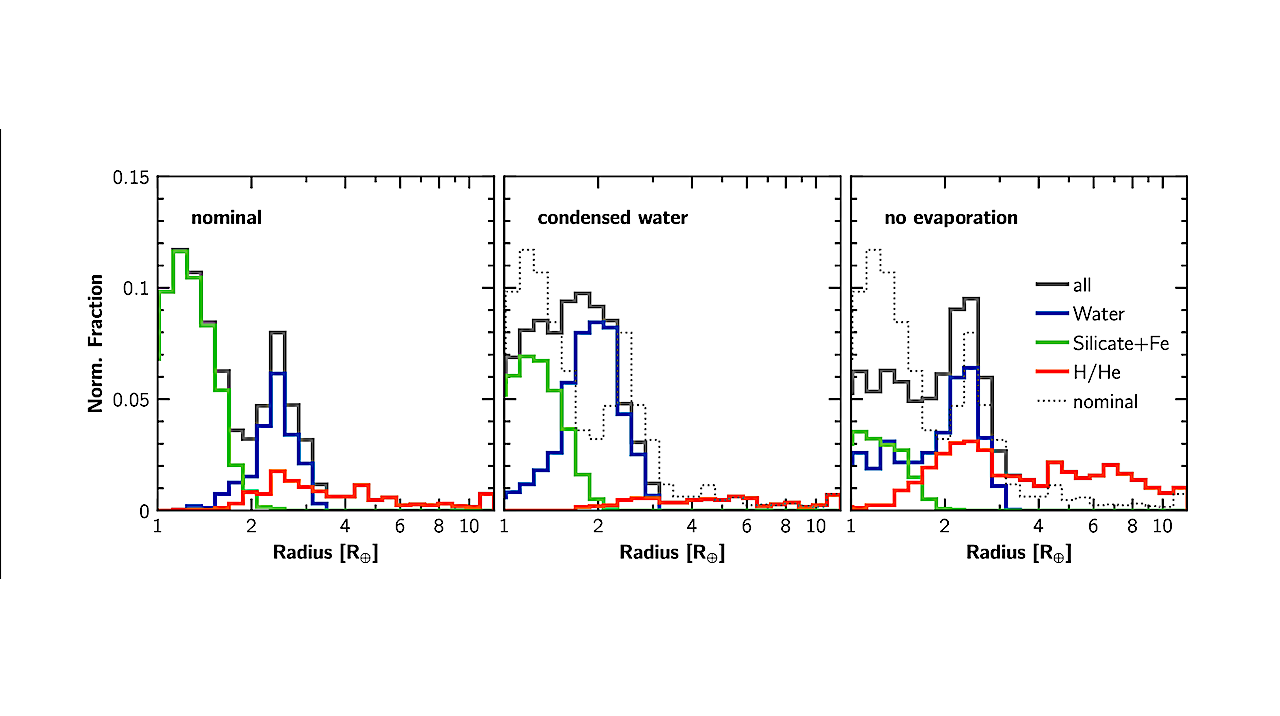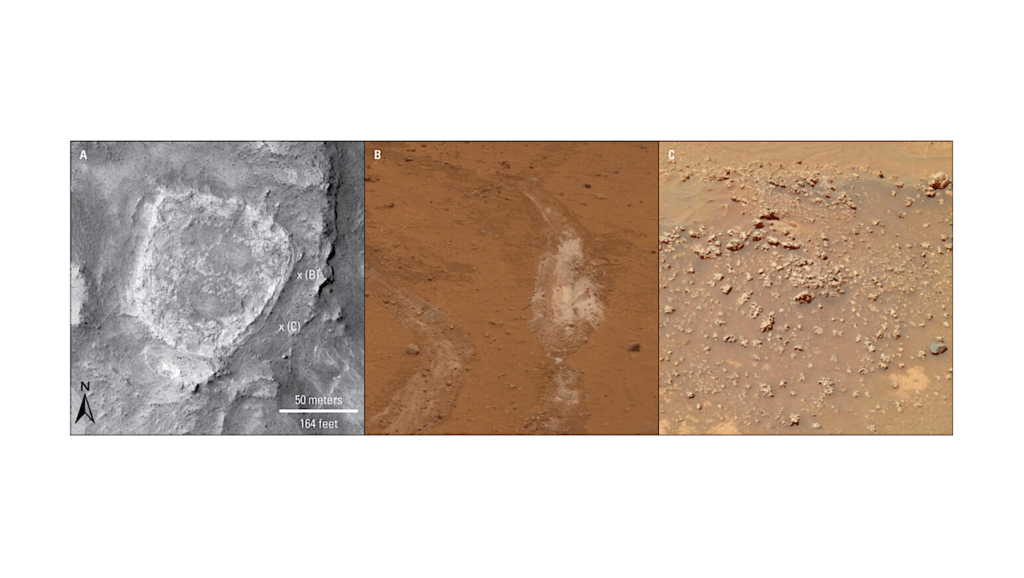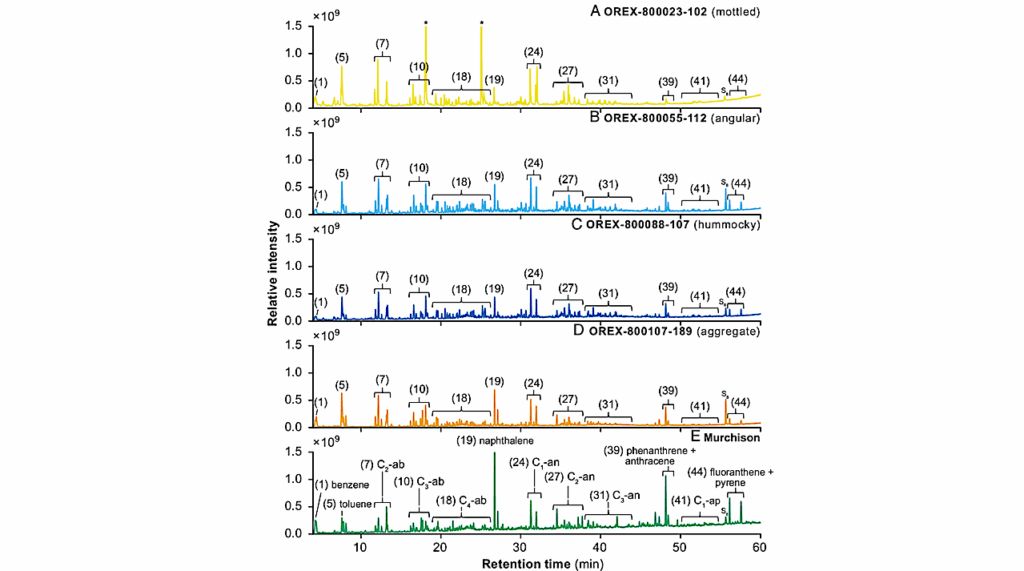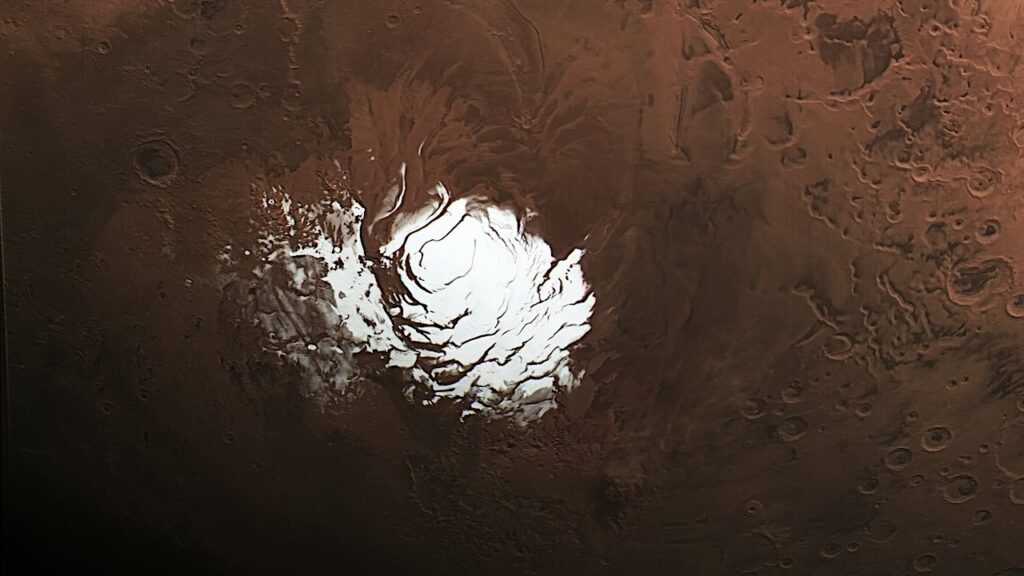A Radius Valley Between Migrated Steam Worlds And Evaporated Rocky Cores

The radius valley (or gap) in the observed distribution of exoplanet radii, which separates smaller super-Earths from larger sub-Neptunes, is a key feature that theoretical models must explain. Conventionally, it is interpreted as the result of the loss of primordial H/He envelopes atop rocky cores.
However, planet formation models predict that water-rich planets migrate from regions outside the snowline toward the star. Assuming water to be in the form of solid ice in their interior, many of these planets would be located in the radius gap, in disagreement with observations. Here we use an advanced coupled formation and evolution model that describes the planets’ origin and evolution starting from moon-sized, planetary seed embryos in the protoplanetary disk to mature Gyr-old planetary systems.
Employing new equations of state and interior structure models to treat water as vapor mixed with H/He, we naturally reproduce the valley at the observed location. The model results indicate that the valley separates less massive, in-situ, rocky super-Earths from more massive, ex-situ, water-rich sub-Neptunes. Furthermore, the occurrence drop at larger radii, the so-called radius cliff, is also matched by planets with water-dominated envelopes.
Owing to our statistical approach, we can assess that the synthetic distribution of radii quantitatively agrees with observations for the close-in population of planets; but only if atmospheric photoevaporation is also acting, populating the super-Earth peak with evaporated rocky cores. Therefore, we provide a hybrid theoretical explanation of the radius gap and cliff caused by both formation (orbital migration) as well as evolution (atmospheric escape).
Remo Burn, Christoph Mordasini, Lokesh Mishra, Jonas Haldemann, Julia Venturini, Alexandre Emsenhuber, Thomas Henning
Comments: Submission version with minor modifications. Accepted for publication in Nature Astronomy
Subjects: Earth and Planetary Astrophysics (astro-ph.EP)
Cite as: arXiv:2401.04380 [astro-ph.EP] (or arXiv:2401.04380v1 [astro-ph.EP] for this version)
Submission history
From: Remo Burn
[v1] Tue, 9 Jan 2024 07:00:59 UTC (5,249 KB)
https://arxiv.org/abs/2401.04380
Astrobiology,








